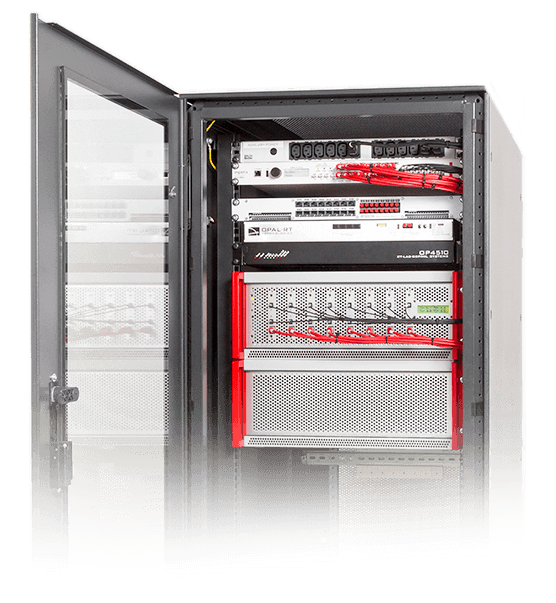
MICROGRID
TEST BENCH
TURNKEY TEST BENCH FOR POWER ELECTRONICS

The microgrid test bench is a ready-to-use configuration of control testing equipment for power electronics. It combines low-voltage experimental equipment from imperix with Hardware-in-the-Loop simulation solutions from Opal-RT.
The exact configuration of the microgrid test bench can be customized upon specific project requirements.
THE PERFECT SOLUTION FOR RESEARCH ON MICROGRIDS
The development and optimization of control algorithms for microgrid inverters is a demanding task. Notably, the downscaled implementation of numerous inverters for testing purposes is tedious. On the other hand, their simulation results don’t reveal numerous real-world challenges that only laboratory experimentation can highlight.
Therefore, imperix and Opal-RT jointly created this products configuration, aiming to support research engineers in their control validation efforts. The microgrid test bench supports both rapid control prototyping (RCP) and Hardware-in-the-loop simulation (HIL), with one unique reconfigurable hardware.
DUAL-PURPOSE POWER ELECTRONIC TEST BENCH
DEFAULT HARDWARE CONFIGURATION
The experimental validation of the inverter control software can be made using imperix power converter modules. Up to two power inverters can be implemented using the test bench. This way, practical challenges can be easily identified and investigated.
Using a real-time simulator from Opal-RT, the complete microgrid environment can be simulated including distributed energy resources (DERs), loads, and power inverters. This way, the complexity of a microgrid can be accurately represented in HIL simulation.
![]() Hover to find out more.
Hover to find out more.
A TEST BENCH TAILORED FOR POWER ELECTRONICS
INSTANT CONTEXT SWITCHING
A system ready to iterate
With the microgrid test bench, comparing digital real-time simulation with real-world experiments has never been so easy. Indeed, research engineers only need to swap a few cables from the simulator to the power converter to switch between both worlds!
Realistic HIL simulation models
This ease of use greatly facilitates the validation of simulation models, thanks to regular iterations and comparisons. This way, building highly realistic HIL simulation models becomes a fast and simple process.
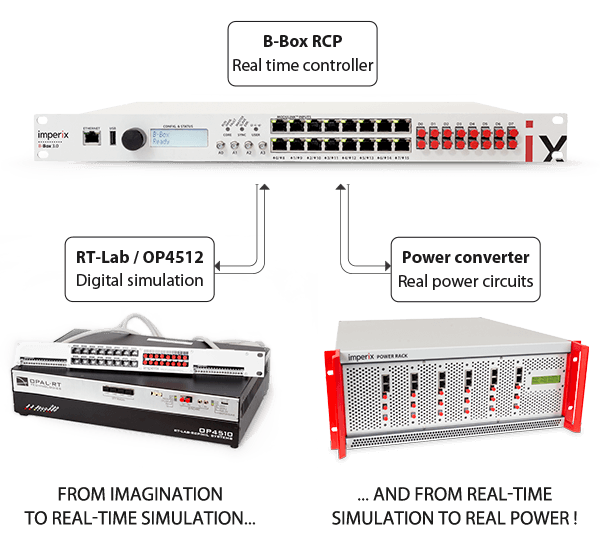
BENEFITS FOR MICROGRIDS RESEARCH
Ease of use
Jump from real-time HIL simulation to physical low-voltage prototyping by simply changing cable connections, without editing control software.
Time to application
Stop wasting time with technicalities! Focus on real research objectives and the derivation of meaningful experimental results.
Performance
Execute fast closed-loop control on the RCP controller and run real-time simulation in RT-Lab. All this can naturally be later validated using real hardware.
Safety
Rely on the hardware protections of the B-Box RCP to keep the system safe at all times, even when the software remains incompletely tested.
MICROGRID TEST BENCH OPERATION
FOUR STEPS TO SUCCESSFUL CONVERTER CONTROL TESTING
The path from imagination to a working real power system can be drastically shortened, thanks to a suitable combination of Hardware-in-the-Loop simulation and rapid prototyping techniques. In essence, HIL simulation allows covering a broad part of the unavoidable debug and testing process, accelerating the final laboratory testing and experimental qualification.
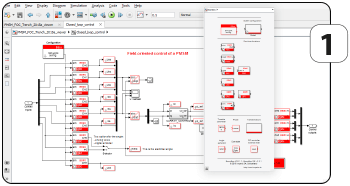
1 – Offline simulation
Imagine and develop the control in Matlab Simulink. Accurate offline simulations already allow tuning most control parameters.
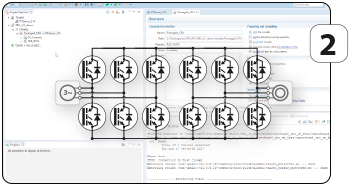
2 – Real-time simulation
Simulate inverters in real-time. On the controller side, the control code is automatically generated from the Simulink model.
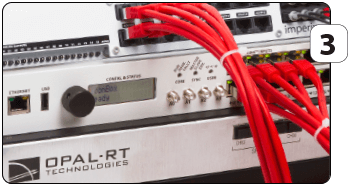
3 – HIL testing
In HIL mode, the first tests can be done without risks. Also, state machines can be tested easily or even automatically.
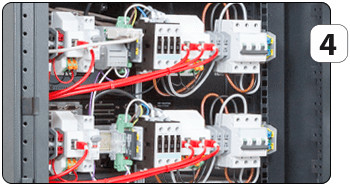
4 – Experimental validation
Working with real hardware, finals tests can be made, notably including sensors with their noise and limited bandwidth.

FROM IMAGINATION TO REAL TIME SIMULATION
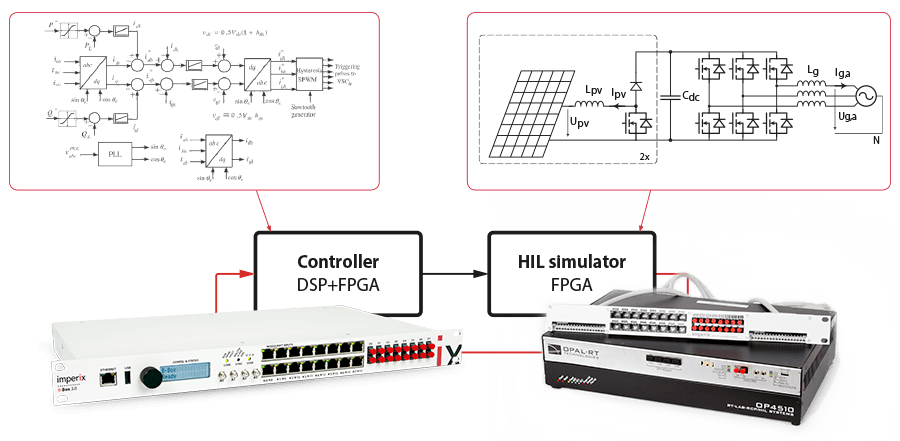
HIL SIMULATION
The imperix B-Box RCP is an industrial-grade converter controller, which can be easily used as a controller in hardware-in-the-loop configurations.
Ready-to-use HIL simulator interfaces exist for multiple platforms, such as Opal-RT OP4512 with FPGA-based simulation.

FROM SIMULATION TO REAL POWER
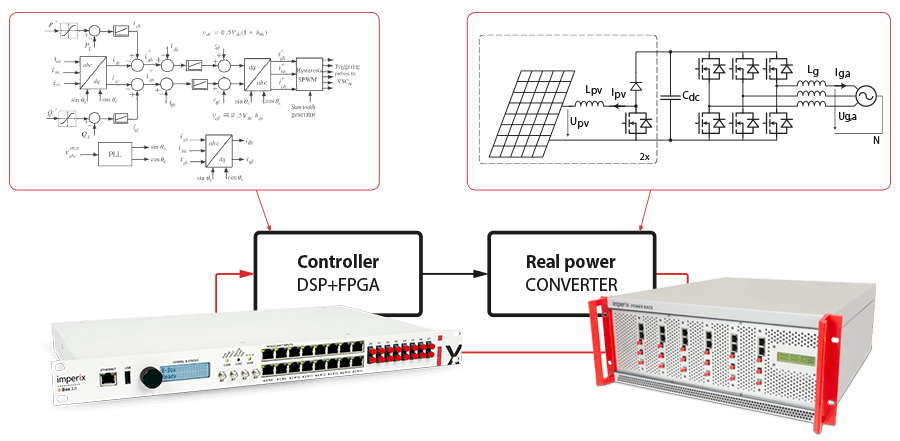
RAPID PROTOTYPING
Thanks to its software-independent protections, the B-Box RCP is able to protect the power hardware during the first laboratory tests.
As such, engineers can start their experimentation early, even though the control software may not be yet entirely tested. This results in more time spent in realistic conditions, improving the relevance of control testing.
TYPICAL USE CASE SCENARIO
THREE-PHASE PHOTOVOLTAIC INVERTER

Work with a simulated panel to control irradiance conditions!

Work with a real PV panel and improve the realism of your setup!
Simulate unbalanced or faulty grid conditions!
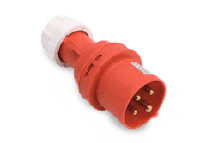
Measure real power flows and evaluate efficiency!
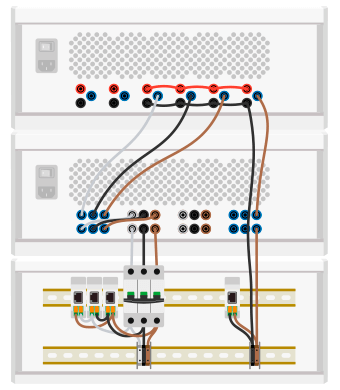
POSSIBLE RESEARCH TOPICS
- Current control of DC/DC boost
- Cascaded voltage control
- MPPT algorithm
- MEPT (maximum efficiency point tracking)
- PLL implementation
- Vector current control
- Grid voltage forming
- Islanding detection / prevention
- Inertia emulation
- Multi-converter coordination
- Operation in unbalanced grid conditions
- etc.
BROWSE OUR KNOWLEDGE BASE
The imperix knowledge base contains a continuously growing list of references, including application examples, ready-to-use control software files, technical notes, as well as specific tutorials. By browsing the knowledge base, research engineers are never short of help when working with the microgrid test bench.
ADDITIONAL CASE SCENARIO
BACK-TO-MOTOR DRIVE

Work with a simulated motor to test any type of electric machine!

Work with a real motor and spin it in the lab!
Simulate any load behavior, including abrupt changes!

Measure real power flows and evaluate efficiency!

POSSIBLE RESEARCH TOPICS
- Sensorless speed estimation
- Scalar control (V/f)
- Field oriented control (FOC)
- Direct torque control (DTC)
- Vector current control
- Field weakening strategy
- Highspeed operation
- Inertia emulation
- Different machines (PMSM, BLDC, IM, SRM,…)
- Multi-drive coordination
- etc.
BROWSE OUR KNOWLEDGE BASE
The knowledge base offers numerous references, including application examples, turnkey control files, technical notes, and general product guidance. By browsing the knowledge base, research engineers are never short of help when working with the microgrid test bench.
EXPANDING THE MICROGRID TEST BENCH
POWER HARDWARE IN THE LOOP CONFIGURATIONS (PHIL)
ADD A POWER AMPLIFIER
A 4-quadrant power amplifier may be used to represent accurately the microgrid voltage at the point of common coupling (PPC), using the HIL simulation output.
ADD A DC POWER SUPPLY
A reversible DC power supply may be used to model energy storage systems. Dedicated battery emulation software are also provided by some manufacturers.
ADD OTHER EQUIPMENT
Other power conversion systems or monitoring devices can be added to the PHIL test bench.
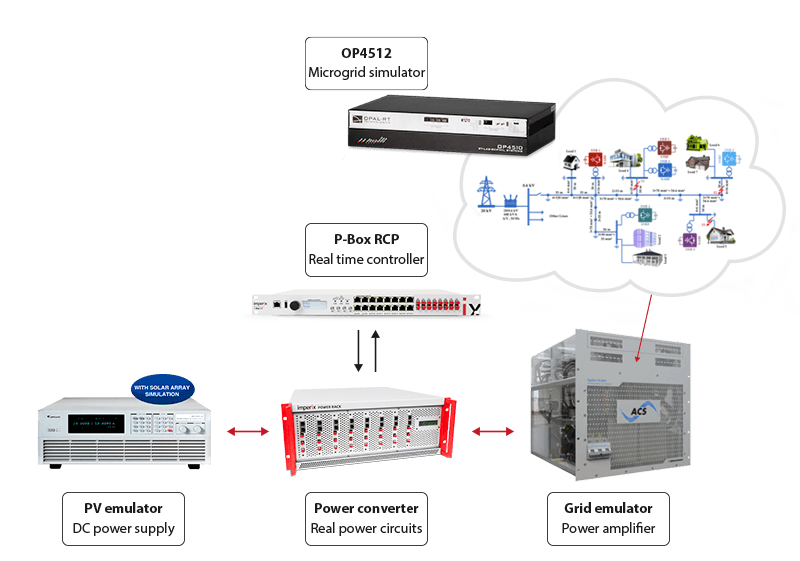
ALTERNATIVE SYSTEM CONFIGURATIONS
OTHER TEST BENCHES
Imperix offers several other pre-configured test benches, intended to accelerate research for other specific applications.

HARDWARE + SOFTWARE
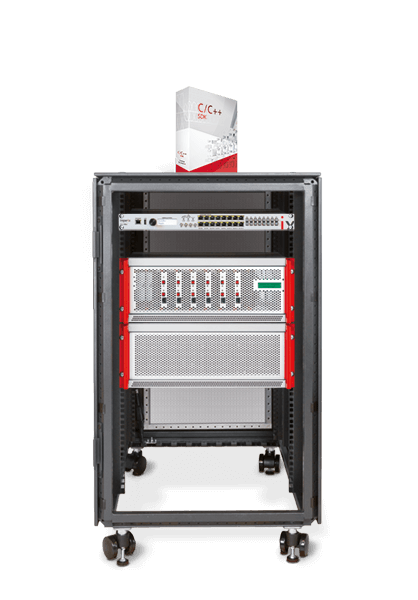
HARDWARE + SOFTWARE

HARDWARE + SOFTWARE
